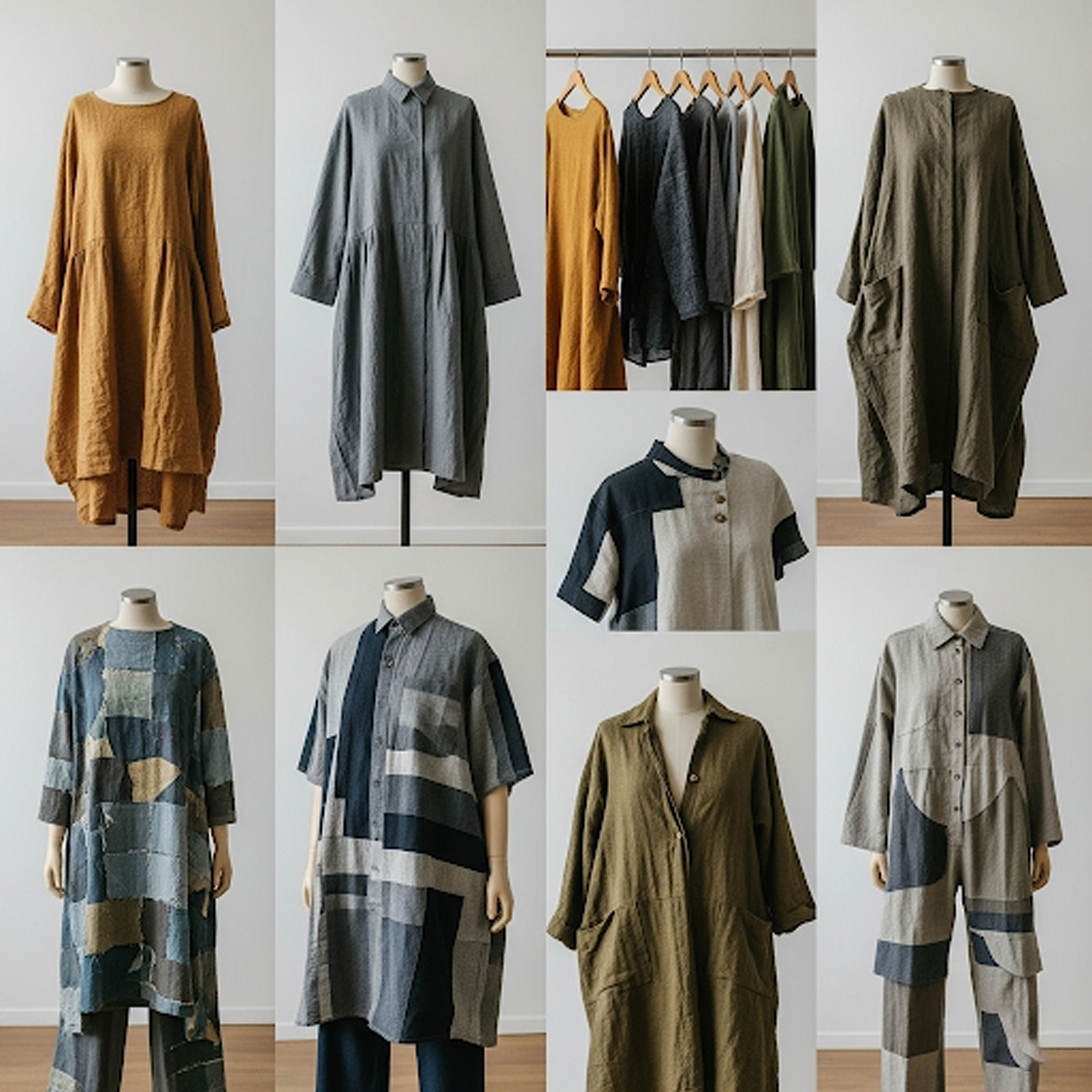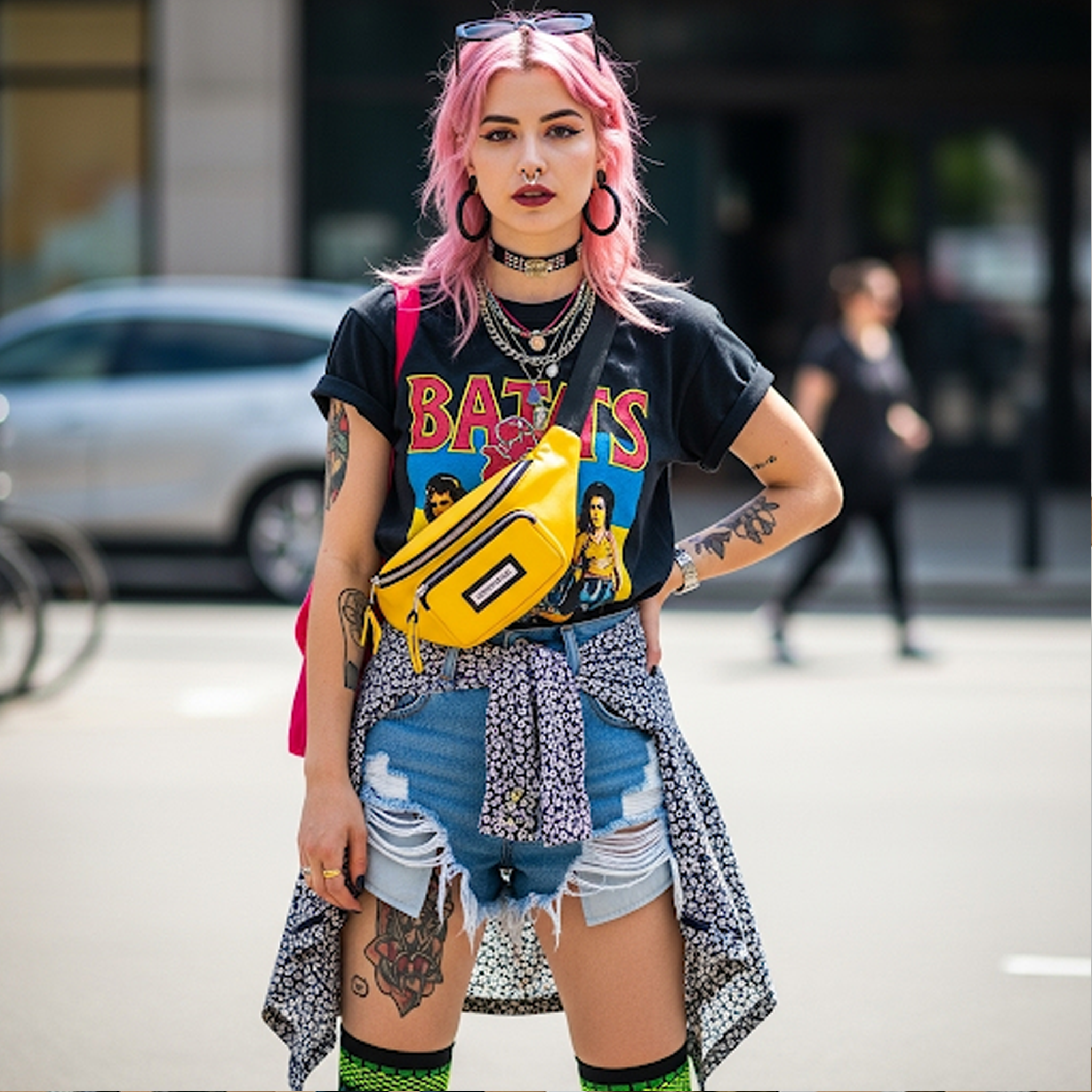No products in the cart.: $0.00
The Rise of Sustainable Fashion: Dressing with a Conscience

The fashion industry, long celebrated for its creativity and glamour, is facing a critical reckoning. The environmental and social costs associated with fast fashion – from textile waste and pollution to exploitative labor practices – have become increasingly undeniable. In response, a powerful movement is gaining momentum: sustainable fashion. This isn’t just a fleeting trend; it’s a fundamental shift in how we think about, produce, and consume clothing, driven by a desire to dress with a conscience and minimize our impact on the planet and its people.
At its core, sustainable fashion encompasses a wide range of practices and philosophies aimed at reducing the negative impacts of the fashion industry. This includes using eco-friendly materials such as organic cotton, recycled fibers, and innovative plant-based alternatives. It also involves adopting ethical production methods that prioritize fair wages, safe working conditions, and the well-being of garment workers. Furthermore, sustainable fashion encourages consumers to make more conscious choices, such as buying less, choosing higher-quality items that last longer, and exploring options like secondhand shopping, clothing swaps, and repairs.
One of the most pressing issues that sustainable fashion seeks to address is the problem of textile waste. The fast fashion model, with its rapid production cycles and trend-driven designs, leads to mountains of discarded clothing ending up in landfills. Sustainable brands are exploring circular economy principles, designing clothes with longevity and recyclability in mind. This might involve using mono-materials that are easier to recycle, offering repair services, or taking back old garments to be repurposed or upcycled. By extending the lifespan of clothing, we can significantly reduce the demand for new resources and minimize waste.
The environmental impact of textile production is another major concern. Conventional farming practices for materials like cotton can be water-intensive and rely on harmful pesticides and fertilizers. Dyeing and finishing processes often involve toxic chemicals that pollute waterways. Sustainable fashion advocates for more environmentally friendly alternatives, such as organic farming, closed-loop production systems that recycle water and chemicals, and the use of natural or low-impact dyes. Choosing garments made from these materials helps to reduce the industry’s ecological footprint.
Beyond environmental concerns, sustainable fashion also places a strong emphasis on social responsibility. The Rana Plaza factory collapse in Bangladesh in 2013 served as a tragic reminder of the human cost of fast fashion’s relentless pursuit of low prices. Sustainable brands prioritize transparency in their supply chains, ensuring that garment workers are paid fair wages, work in safe conditions, and have their rights respected. Initiatives like fair trade certifications and ethical sourcing practices are becoming increasingly important to consumers who want to know that their clothes were made without exploiting vulnerable individuals.
Embracing sustainable fashion doesn’t mean sacrificing style or personal expression. In fact, many sustainable brands are at the forefront of innovative design, creating beautiful and high-quality garments that are both fashionable and environmentally responsible. From minimalist basics made from organic cotton to upcycled statement pieces and innovative textiles derived from unexpected sources like pineapple leaves or mushroom leather, the options are becoming increasingly diverse and appealing.
For consumers, participating in the sustainable fashion movement involves a shift in mindset. It’s about moving away from impulsive purchases and embracing a more mindful approach to consumption. This might involve asking questions about where our clothes come from, considering the environmental and social impact of our choices, and investing in fewer, better-quality items that we truly love and will wear for years to come. Exploring secondhand options, such as vintage stores and online platforms, is another great way to give pre-loved clothes a new life and reduce demand for new production. Learning basic repair skills can also significantly extend the lifespan of our garments.
In conclusion, the rise of sustainable fashion represents a crucial turning point for the industry. It’s a movement driven by a growing awareness of the environmental and social consequences of our clothing choices and a desire to create a more ethical and responsible fashion system. By supporting sustainable brands, making conscious purchasing decisions, and embracing practices like buying less and repairing more, we can all play a part in shaping a more sustainable and stylish future for fashion.



